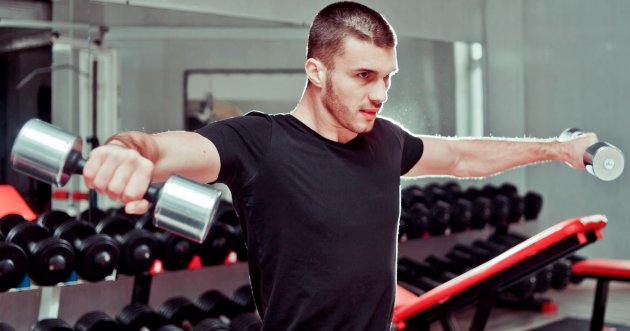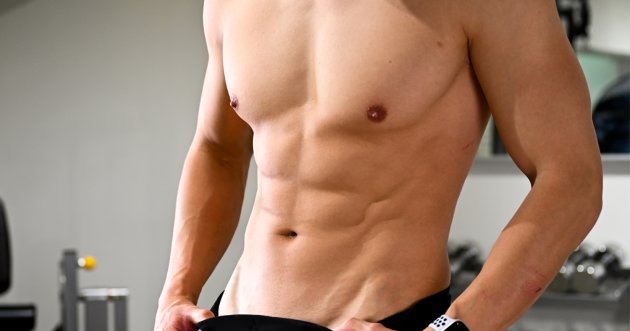
Push-ups” are one of the most popular and easy-to-use training exercises. Because they do not require special equipment and can be performed anywhere, they are especially popular among beginners and intermediate muscle trainers. Another attraction is that with a little ingenuity, the intensity of the load and the part of the body that can be worked can be changed. In this article, we will focus on the push-up and introduce the recommended number of push-ups and how to change the load.
CONTENTS
Suponsered by
How many pushups should I do a day?
In conclusion, the ideal number of push-ups per day is about 3 sets of 10-15 push-ups. If you can do more than 30 push-ups in a row, it is highly likely that the load is not sufficient, so the rule of thumb is to increase the load by reviewing your form or slowing down the speed at which you lower your body, and adjust the load so that you reach your limit at 15 push-ups. If you are not used to push-ups and find it difficult to do 3 sets of 10 push-ups, you can gradually increase the number of push-ups until you get used to it. It is important to train with an awareness of the muscles.
3 sets of 10 are easy to sustain, but aim to go all out!
All out in strength training means pushing the muscles to the limit by using up the stored energy. It is important to push your muscles until they can’t do any more. If you still have some energy left after doing 3 sets of 15 repetitions, you should immediately push your muscles to the limit by repeating the repetitions. Finally, if you can push yourself to the point where you can no longer do even kneeling push-ups, you can say that you are all out.
How often should I do push-ups? Should I do them every day?
If you are training at an intensity that is sufficient for muscle hypertrophy, it is not recommended to do this every day. This is because it is said that muscles need rest in order to hypertrophy, and 48~72 hours of recovery from damage is considered ideal. However, if you want to practice form, or if you want to build endurance rather than muscle hypertrophy, you can do push-ups every day with a low load. However, even at low loads, push-ups can damage the elbow and shoulder joints, so it is wise to do them only to the extent that they do not cause discomfort in the joints.
How should the intensity of push-ups be adjusted?
Push-ups may seem simple because of the simplicity of the movement, but they are actually very deep. Even intermediate and advanced muscle trainers can benefit from varying the load, so it is a good idea to know the variations of push-ups. Here is a simple way to vary the intensity of push-ups.
1) “Vary the number of times and sets.”
Simply increase the number of push-ups and the number of sets, the stronger the load on the muscles. If you are always doing 10 push-ups per set, add a few more, or if you are doing 3 sets, try 4 sets, and gradually increase the load. Shortening the interval between sets is also effective.
(2) “Kneel down if you want to use a lower load ” (3) “Change the position of your feet”
If you have little exercise experience or are a beginner in strength training, it is recommended to do push-ups on your knees. There is no need to force yourself to do them from the beginning, as it is harder than it looks to extend your knees and support yourself with only your toes and arms. It is important to bend your elbows tightly and feel the load with your chest, so try to keep your upper body strong even when kneeling.
(iii) “Change the position of your feet.
The Decline Push-Up, which is performed with the legs high on a platform or chair, can increase the load on the arms. The trick is to place the feet on a weighted object so that they do not move, and to pull back lightly at the waist. It is also important to keep the heel and shoulder lines parallel to the ground. This is recommended for those who wish to work the triceps as well as the pectoralis major muscles.
(4) “Perform the movement over time ” (5) “Perform the movement with a push-up bar, etc.”
For a quicker workout, it is effective to perform the series of movements slowly, taking about 5 seconds to lower the body slowly and then taking more time to return the upper body to its original position. This is an effective way to target specific areas of the body, and can be used for all training exercises.
(5) “Use equipment such as a push-up bar.
A push-up bar is a muscle training tool used to increase the load of push-ups. It allows you to drop your body deeper than with your hands on the floor, which increases the load on the pectoral and triceps muscles. And because the handles have sponges and grips, they are less likely to hurt your hands. This push-up bar can be purchased for around ¥1,000, but if you don’t want to spend the money, you can also stack books or other materials and place your hands on them. But be very careful not to slip and injure yourself.
Related Article] 11 Muscle Training Goods! Introducing recommended equipment that will greatly increase the effectiveness of your home training.
[ Related Article ] Push-up bar for sharp pectoral muscles! Introducing effective menus.
Doing push-ups with incorrect form is ineffective! In fact, there is a possibility of injury.
The appeal of push-ups is that they can be easily performed at home, but because of the flexibility of training, it is easy to end up using one’s own form. If you use an incorrect form, you may end up straining muscles and joints, and in the worst case scenario, injuring yourself. There are many points that seem simple but actually need to be considered, such as the position and angle of the palms of the hands and the movement of the shoulder blades, so be aware of proper form. It is also dangerous to do push-ups too many times before you have mastered the form, so if you are unfamiliar with the technique, it is recommended that you first spend some time learning the form.
The video below shows how to do push-ups effectively. In the second half of the video, the tips for the “kneeling push-up,” which is one of the less strenuous push-ups, are also discussed, so if you are not familiar with the exercise, please check it out.
[ Related Article ] Push-ups are a simple yet profound muscle training exercise! Introducing the proper way to do them & tips to work the pectoral muscles.


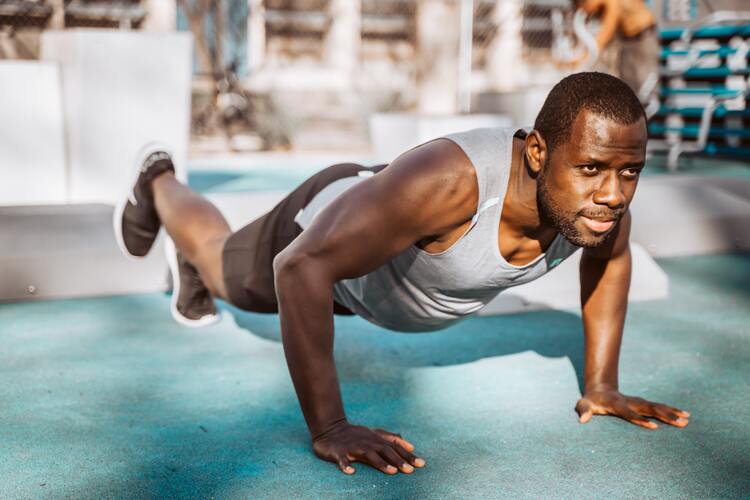
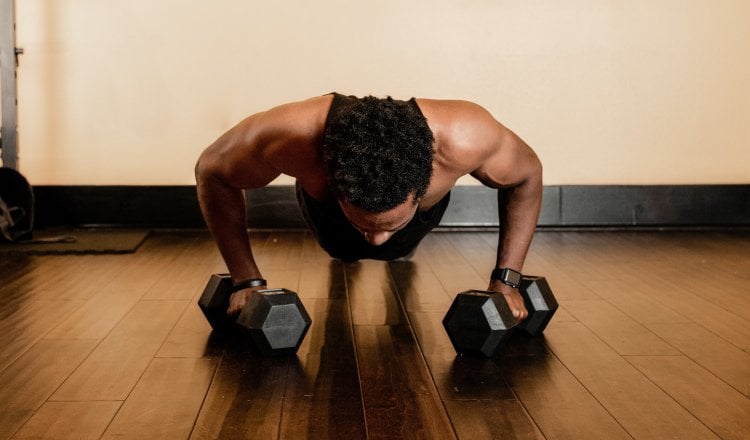
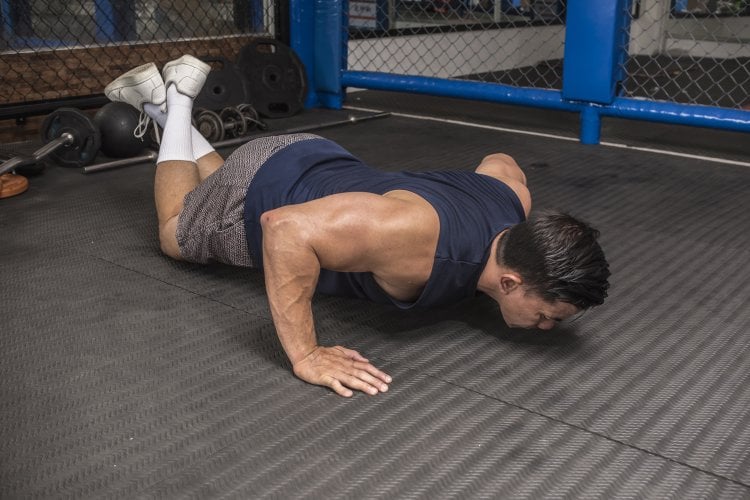
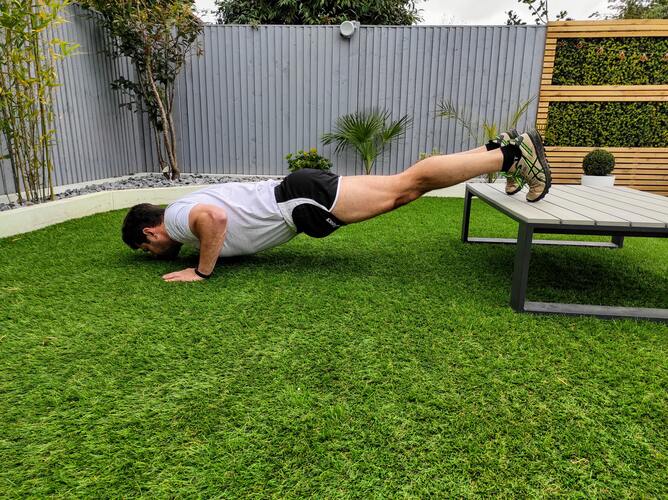

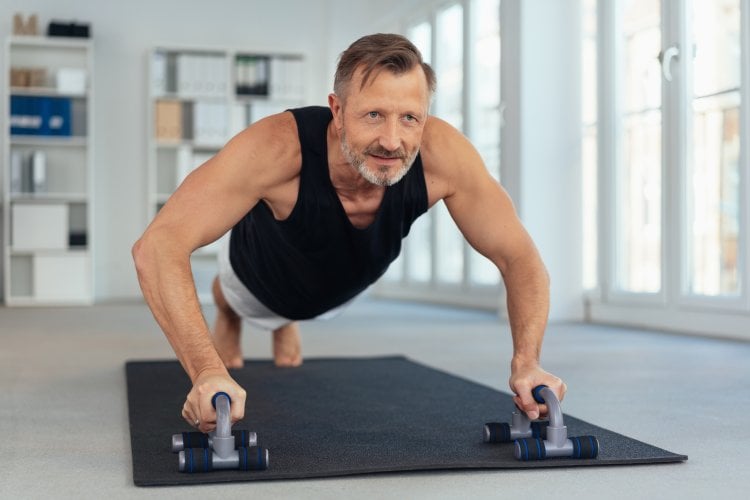
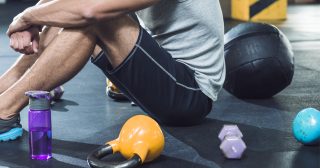


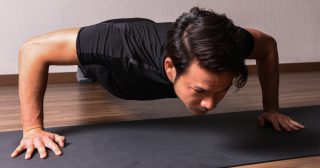
![What are the specific 5 changes that muscle training can bring to a man? [“The truth as experienced by practitioners.”]](https://otokomaeken.com/wp-content/uploads/2023/12/3ecb709c1f1613850249ba743b4b1457-630x331.jpg)

